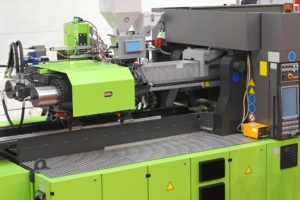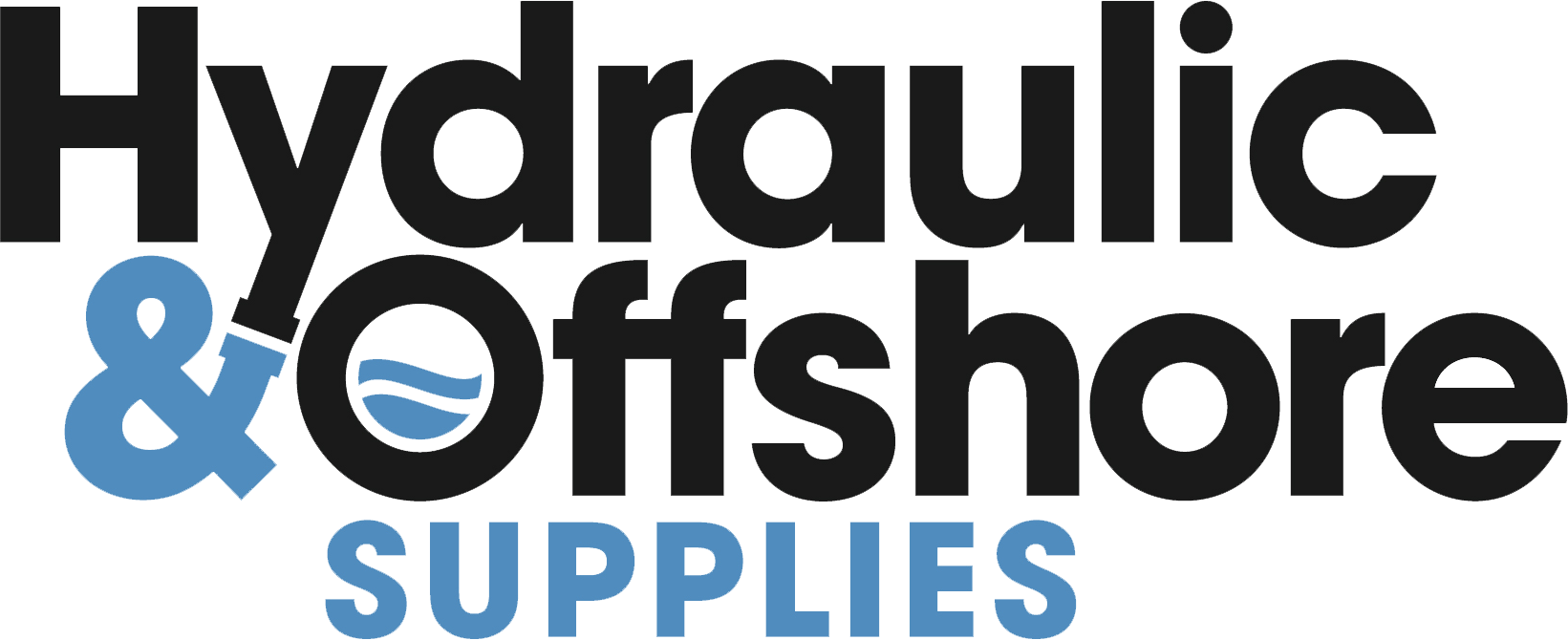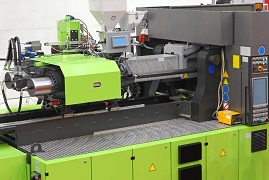Hydraulics and injection moulding – explained
Plastics injection moulding machines feature a hydraulic system that must provide reliable performance, our latest blog looks at how this can be achieved. Through many years of continuous, around-the-clock production cycling, there are a number of motion control sub-circuits for closing the mould, for nozzle approach, extruder screw rotation and the injection plunge of…
Plastics injection moulding machines feature a hydraulic system that must provide reliable performance, our latest blog looks at how this can be achieved.
Through many years of continuous, around-the-clock production cycling, there are a number of motion control sub-circuits for closing the mould, for nozzle approach, extruder screw rotation and the injection plunge of the screw. Screw rotation and plunge require extremely steady motion to smoothly move the granular plastic material through to the heated, plasticized state and then into the mould. These hydraulic motions can very easily become a quality issue for the moulded product if there is any irregularity in their control.
Nozzle approach, injection of the plunge screw, extruder screw rotation, plus the closing of the mould require a great number of motion activated sub-circuits. Granular plastic material requires an extremely steady motion to move smoothly through the heated plasticised state as it flows into the mould, during the screw rotation and plunge phase. The quality of the moulded product could come into question if there are any irregularities caused by the hydraulic motions.
The cylinder that plunges the screw forward during injection and packing of the mould, together with the rotating mechanism for the screw that is turned by the hydraulic motor, makes for a complex mechanism with exacting hydraulic seal requirements. Modern seal technology has improved, allowing for leak-free hydraulic machines that are suitable even for moulding plastic products for food and medical use.

While some might only see a basic machine with simple hydraulic applications, the design challenges faced by injection moulding machine manufacturers are considerable.
The choice of main hydraulic pump is critical for providing smooth flow across the full range of working pressures, while minimizing input energy waste and heat build-up. While the variable volume piston pump has been used on some moulders, moving to ever higher efficiency can be challenging—and some piston pumps require the use of a system accumulator to minimize flow pulsations.
In order to provide smooth flow across many working pressures while decreasing heat build-up and input energy waste, making the right choice for your primary hydraulic pump is critical.
A popular choice because of its smooth flow and high volumetric efficiency has been the vane pump. When paired with a VFD motor some fixed displacement variety of vane pumps perform very efficiently (compared to variable volume vane pumps that have been previously used) because of its abilities at high system pressures. Older injection moulders that may seem outdated and inefficient have been retrofitted with a servomotor-driven pump or VFD controlled pump of either the internal gear or vane design. By changing the speed of the prime mover you can control the pumping rate of a VFD pump. During the end cooling stages of injection moulding, virtually no motion is required. The pump’s rotation is slowed by the VFD providing only the needed flow. This will maintain the needed pressure for such functions as mould clamping and provide only the necessary flow to compensate for internal system leakage.
As a minimum requirement for many years, a pressure-compensated, variable-volume pump has been a valuable standard. Even though the shaft on this type of pump continually turns at full speed even when no flow is needed, decreasing the size of the pumping chambers (when equipped with a vane pump) or by diminishing piston stroke (if using a piston pump) minimizes the displacement. Until a valve is opened to move a cylinder that resumes flow demand, maximum system pressure will be maintained.
The goal of minimizing pump displacement in the previous scenarios will assist in saving considerably on input energy when minimal or no motion is needed for the moulding machine. In an industry as competitive as injection moulding, savings such as these are critical to profit margins. Excess heat is also minimised. Reducing the amount of heat produced is extremely important to the longevity of a machine that already radiates and absorbs the heat generated from plasticising heaters.
Steady speed and precise motion control can ensure smooth, quality-oriented delivery and heating of plasticised material into the mould by adding a linear positioning transducer to the screw plunge cylinder. Additionally, a tachometer/shaft encoder should be placed on the injector screw. A fast-acting, programmable controller is needed for all of these sensors and proportional valve inputs in order to fulfil a closed-loop control scheme.
For more information on using hydraulics within injection moulding, contact our team HERE, we’re here to help.


